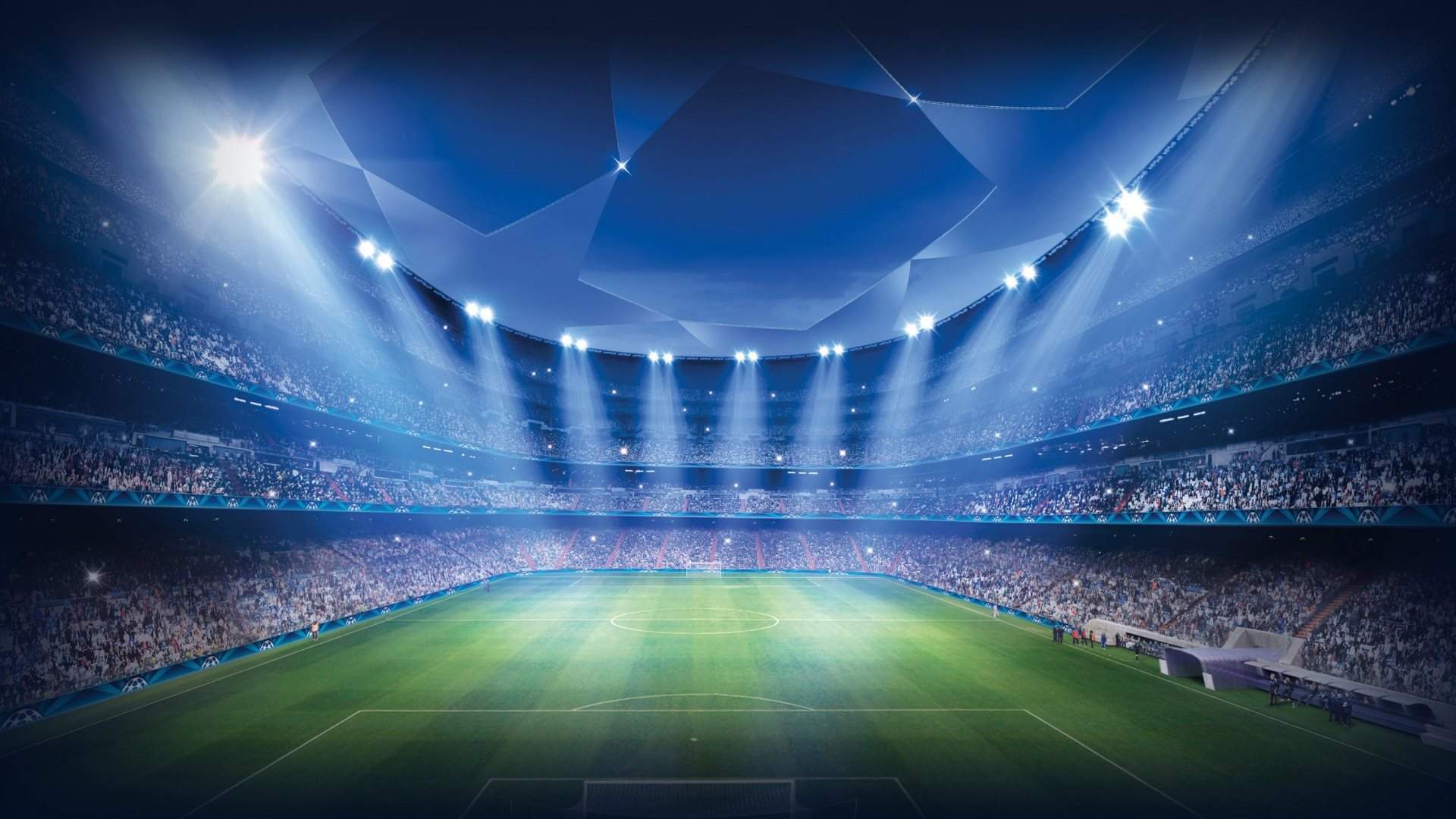
Premier League football is awash with cash, but surprisingly light on technology.
The internet of things (IOT) is providing unparalleled insight into human activity; why not use it to enhance football matches?
On average, a Premier League match is watched by 12m people worldwide.
Football’s audience numbers see off most other sports with the exception of Indian Cricket.
But the sport is curiously light on technology. This leads to the inevitable complaints from managers every week on Match of the Day over the referee’s adjudications.
Goal line technology has been in place in the Premier League since 2013. The next innovation would come with foam sprays two years later (providing temporary visual markers).
How well do you really know your competitors?
Access the most comprehensive Company Profiles on the market, powered by GlobalData. Save hours of research. Gain competitive edge.

Thank you!
Your download email will arrive shortly
Not ready to buy yet? Download a free sample
We are confident about the unique quality of our Company Profiles. However, we want you to make the most beneficial decision for your business, so we offer a free sample that you can download by submitting the below form
By GlobalDataIt doesn’t have to be like this. Other sports are awash with augmentative technology to improve the flow of the game and the efficacy of match officials.
Football, the other side of the Atlantic, is awash with enhanced player insight supported by IOT technologies missing from English soccer.
The constant debate following any match is who is offside. Pity the poor referee whose opinion is besmirched because they don’t have technology’s all-seeing eye.
This isn’t a problem in the NFL. Smart uniforms and pitch side receivers provide deep, granular location data.
This technology has numerous benefits and not only to referees. By monitoring and recording player movement, the league can monetise this data selling it to gamers to replay team movements on their consoles.
This also provides team’s staff with deep insight into individual player performance and lets the teams optimise their training schedules to address any weaknesses.
When soccer got vanishing spray, at the same time, Zebra Technology deployed this RFID-based wearable tracking solution.
Recent developments in wearbles have significantly reduced the weight of smart clothing. Reducing chip sizes and accessible APIs means that the various kit makers could even step in to replicate the functionality provided by Zebra.
Most likely, RFID would be replaced by Bluetooth. This very technology is already used by over 50 professional football teams using Polar Team Pro to provide GPS data for motion tracking.
We know the technologies in place and we know thanks to the NFL it can be used in a live match to automate adjudication.
Systems are also in place in Rugby and Cricket to safeguard what’s best about human referees.
Wearables provide deep insight in human processes and will continue to see rapid adoption in 2018.
Whilst football stadiums have led the way with the latest smart building technology, the league needs to accelerate its adoption of Internet of Things technology on pitch.
Not only would this provide an enhanced level of player insight, but also we wouldn’t have to put up with Jose Mourinho double guessing off side decisions.



